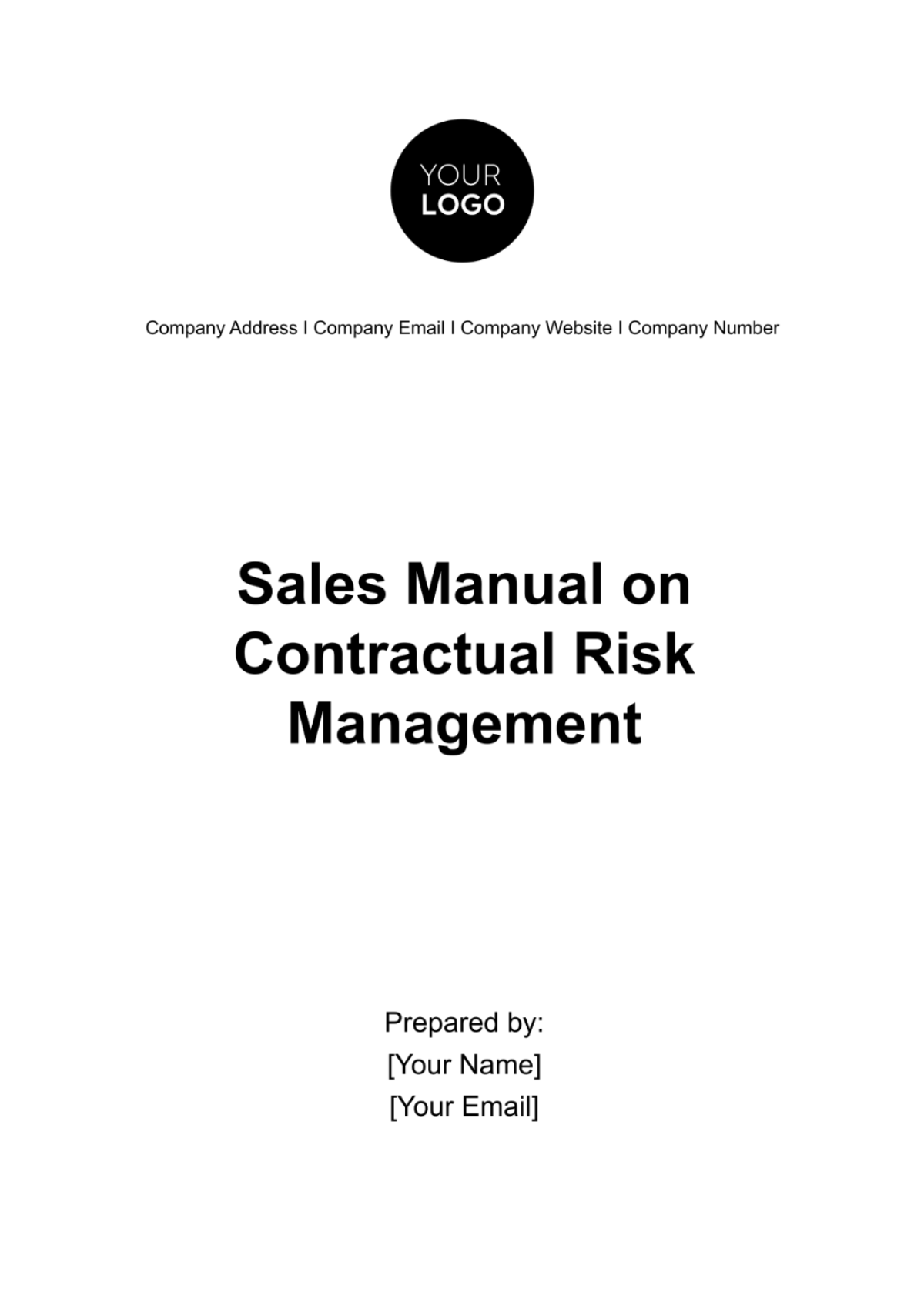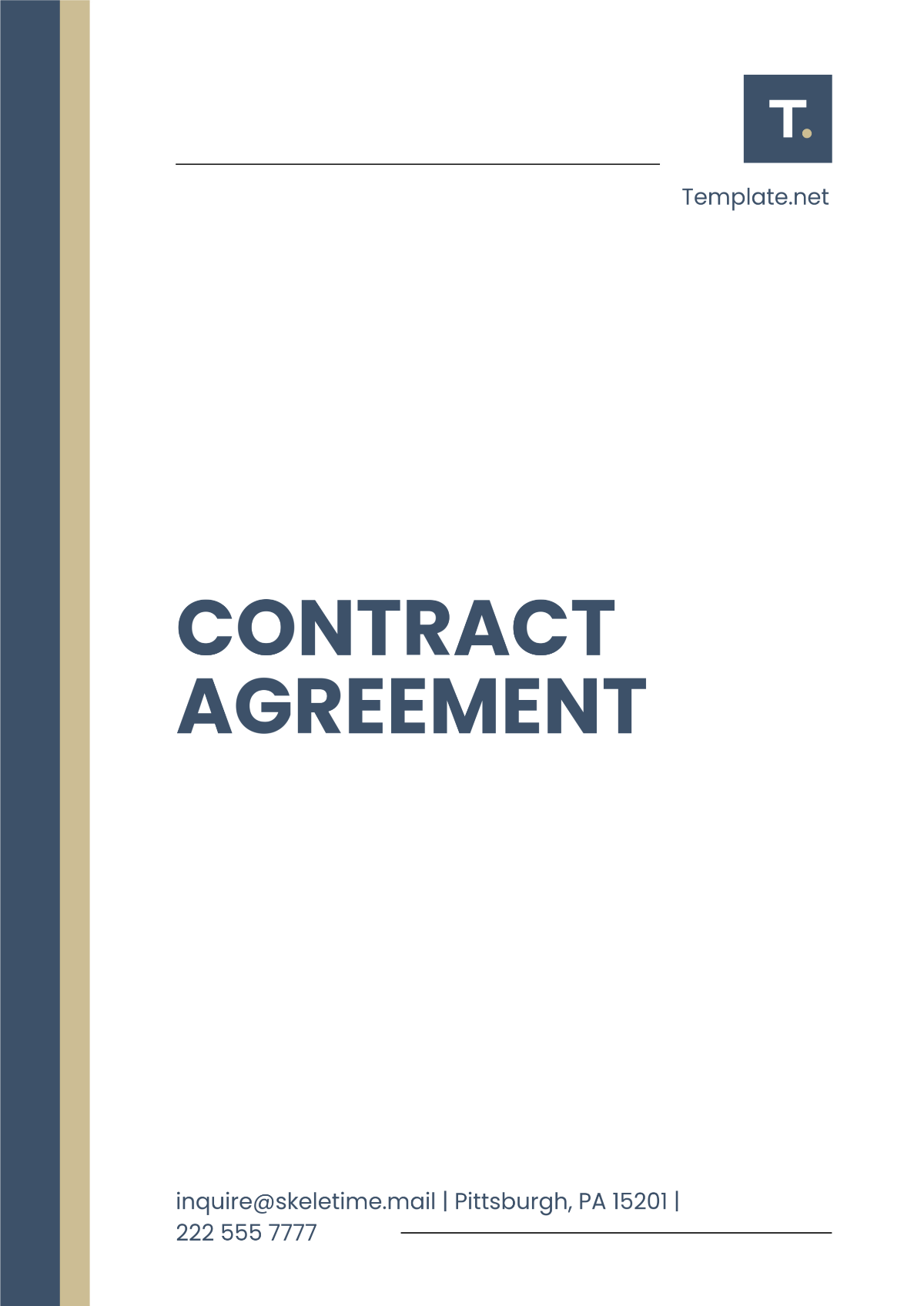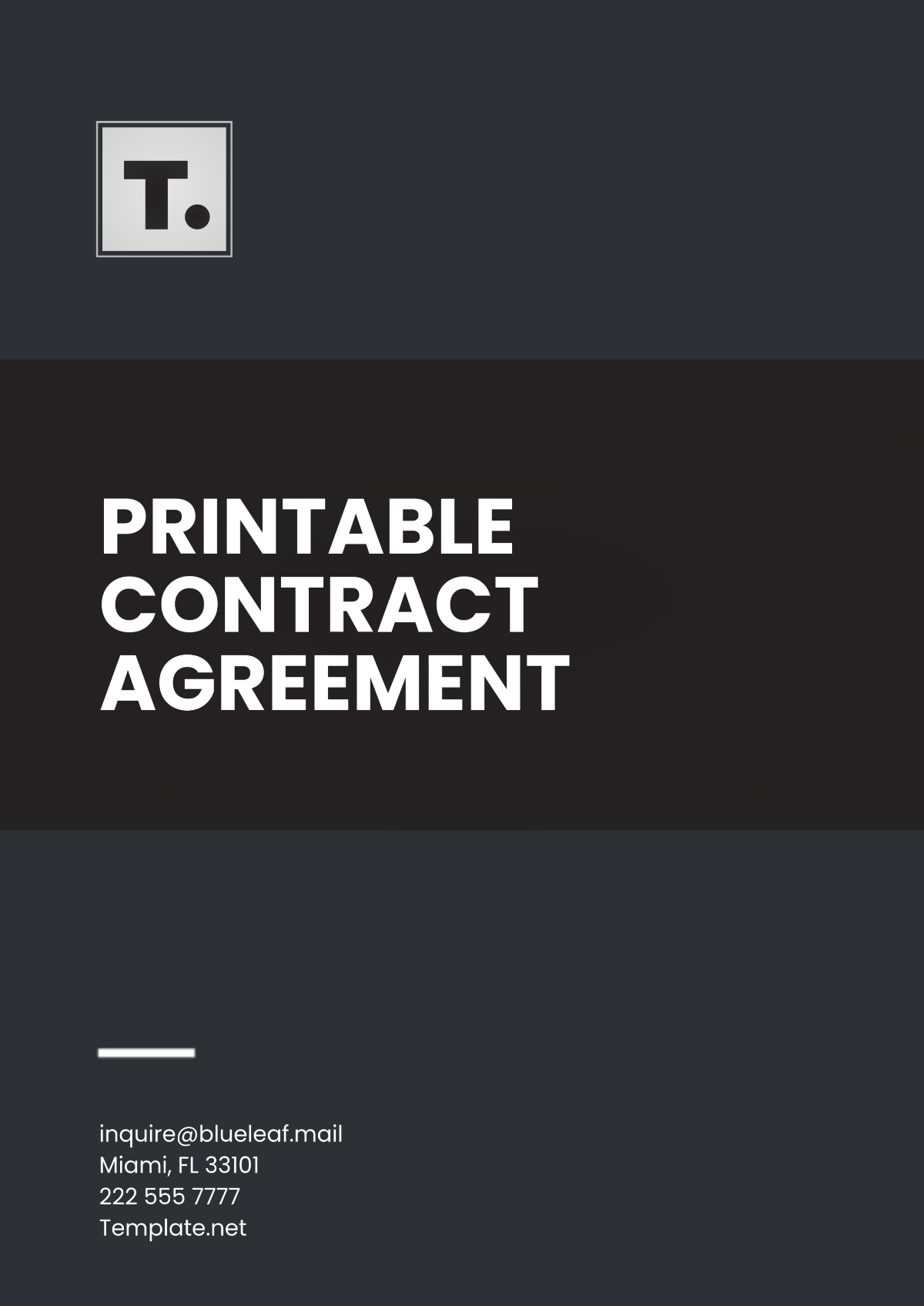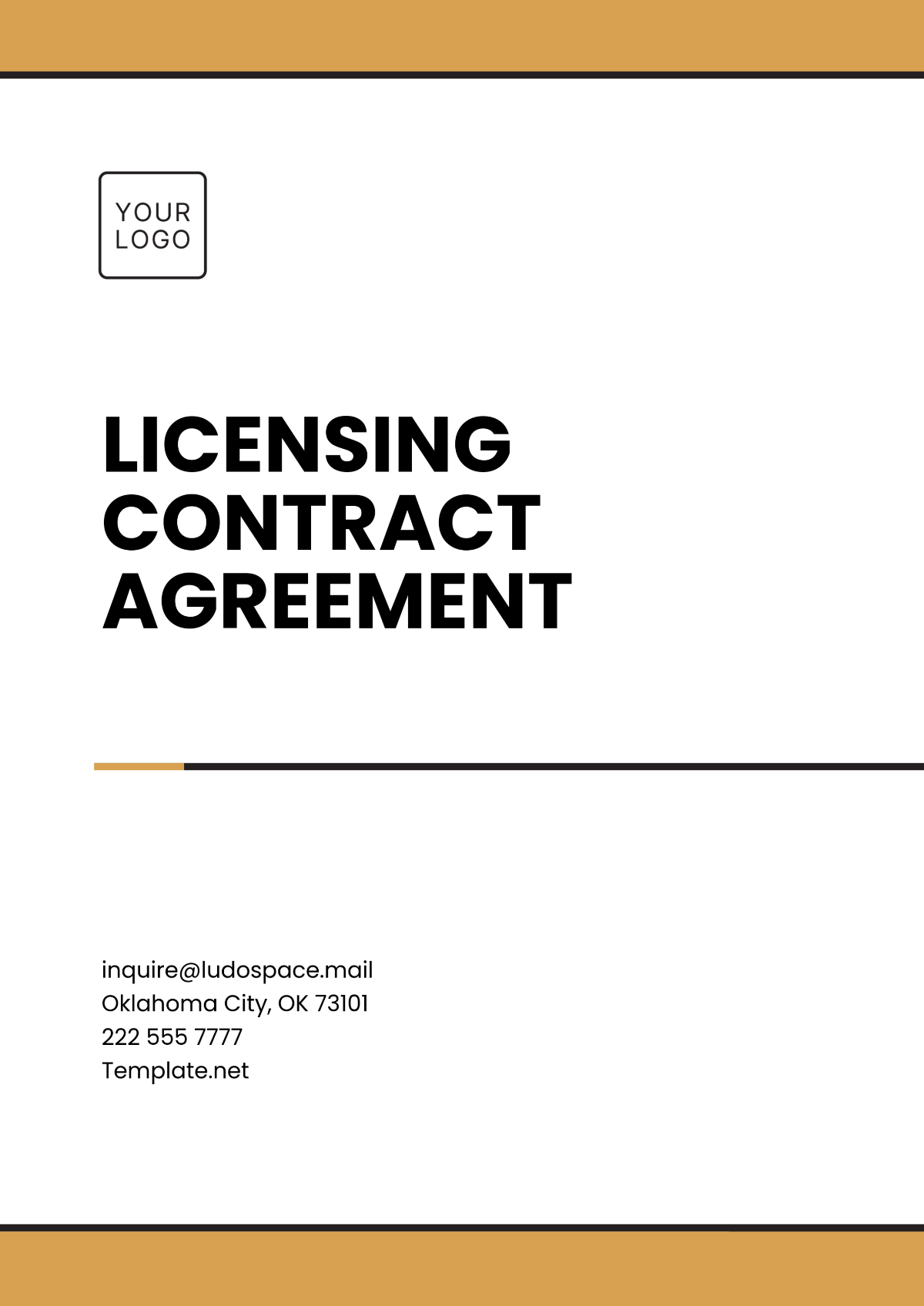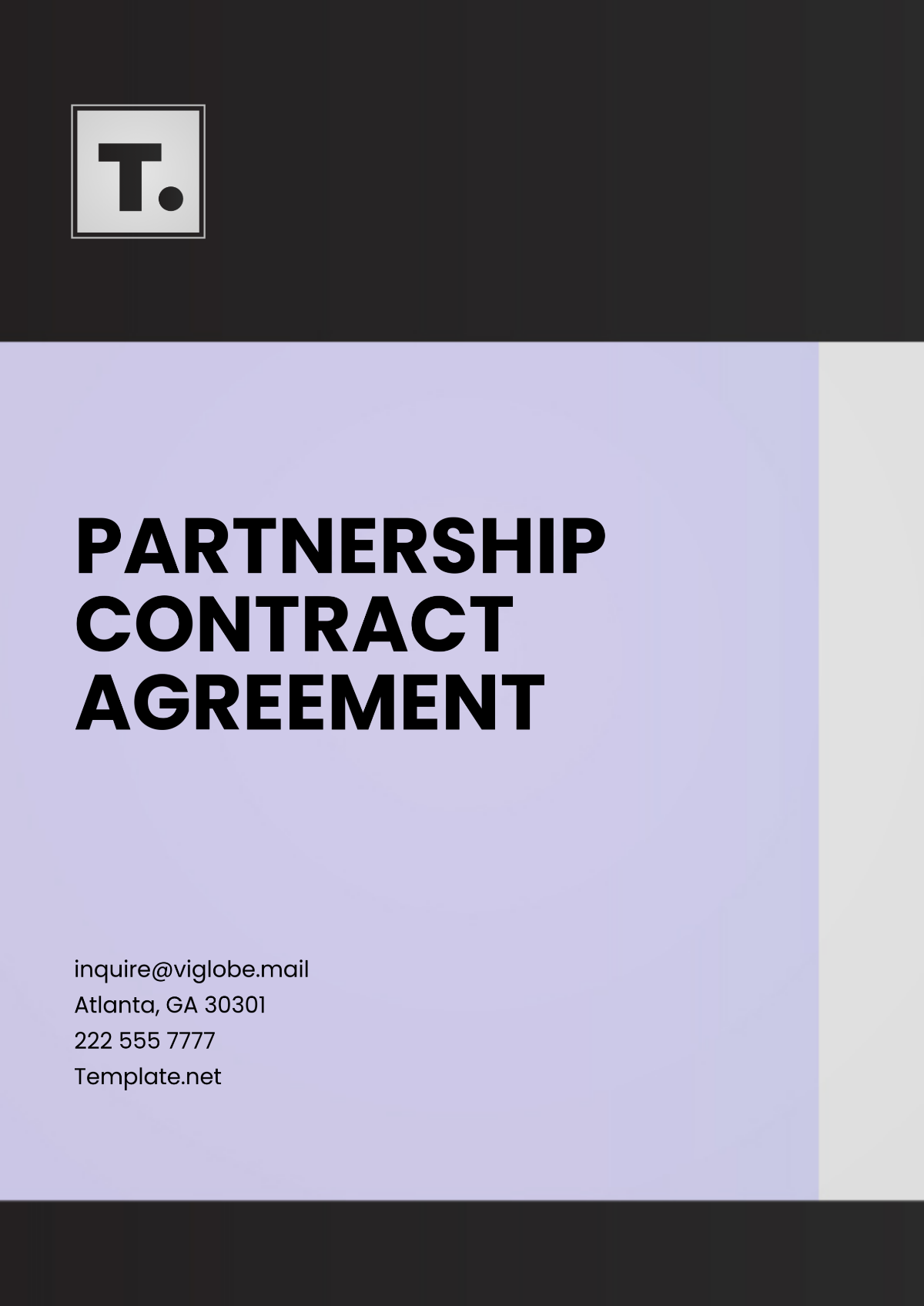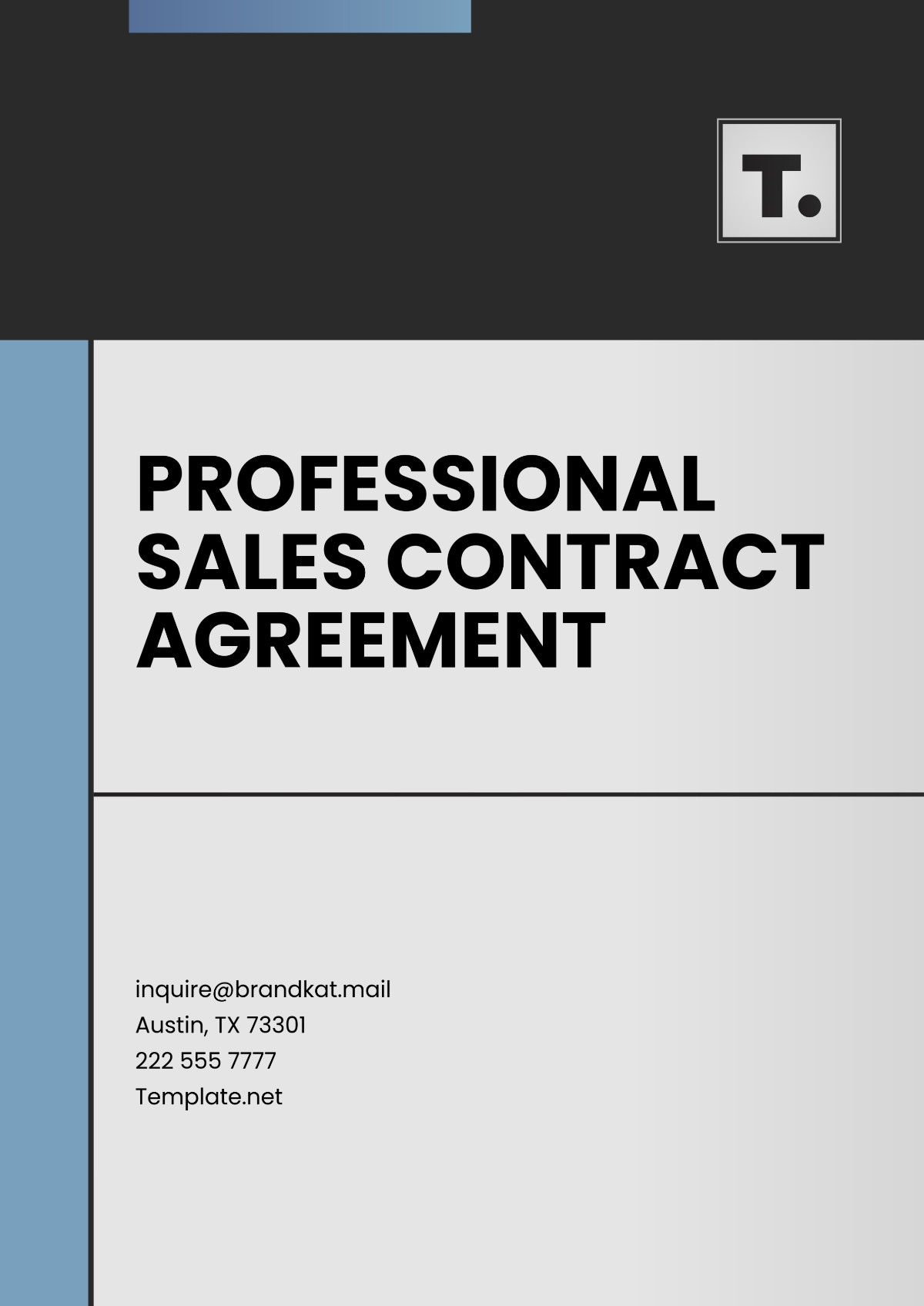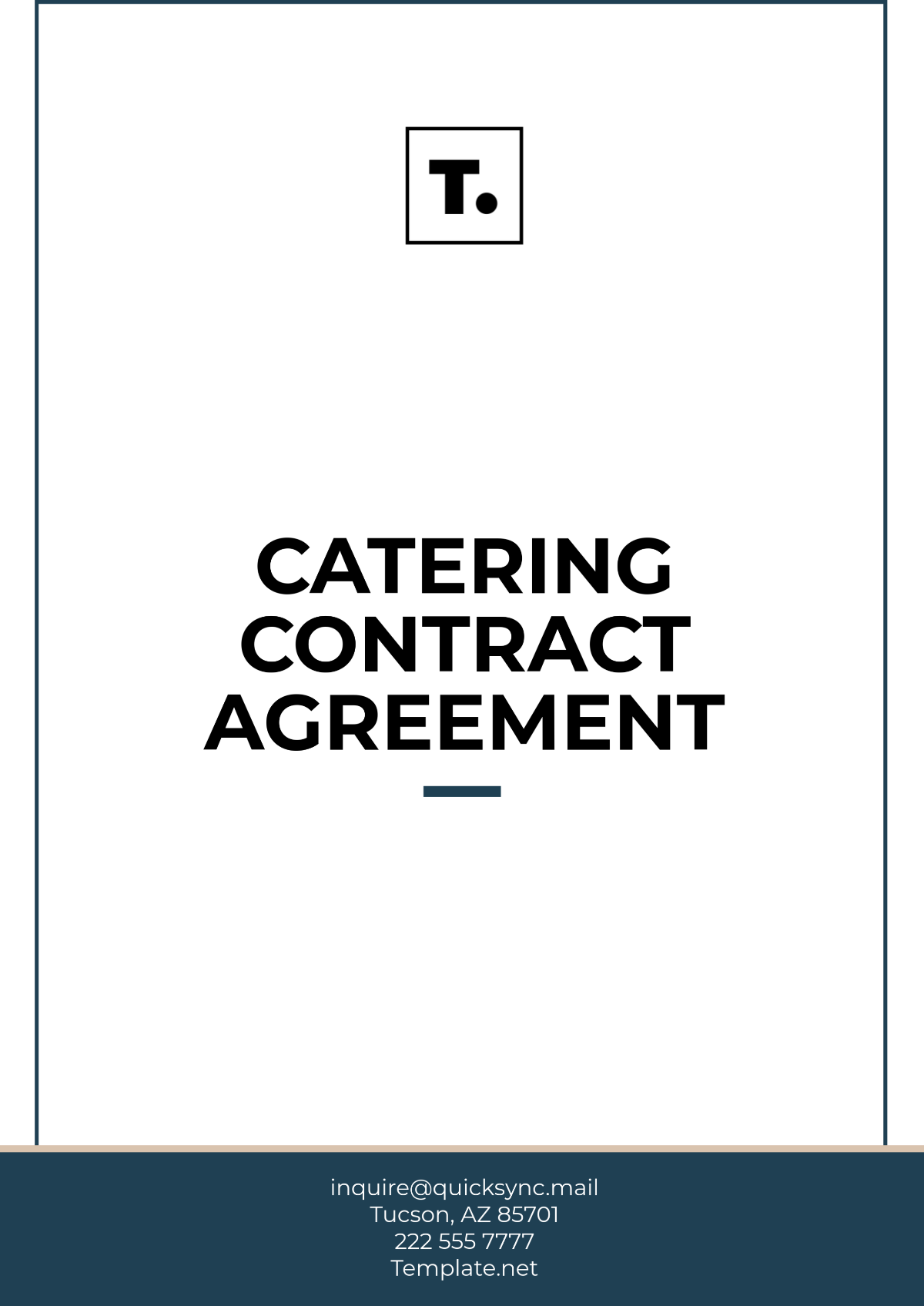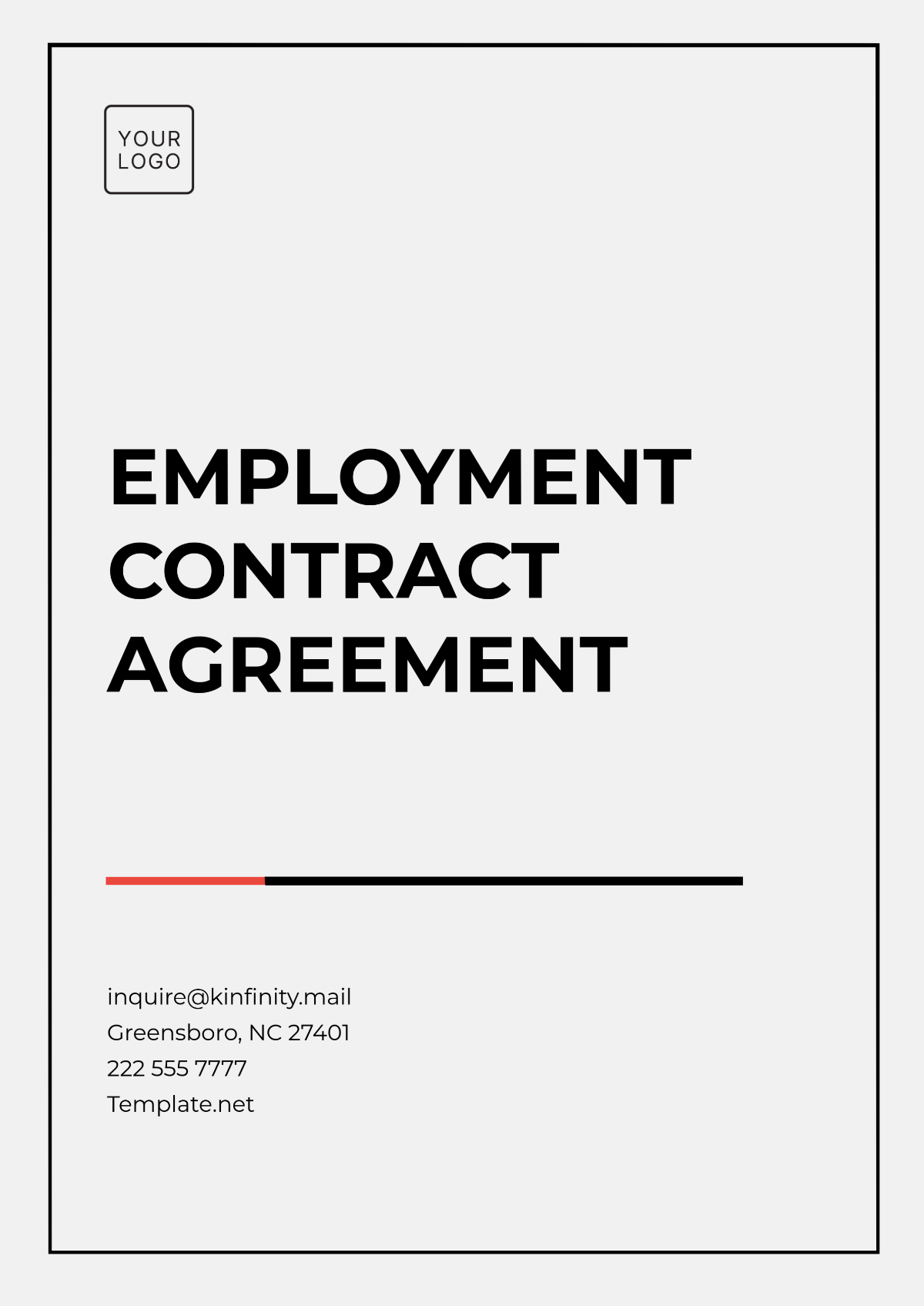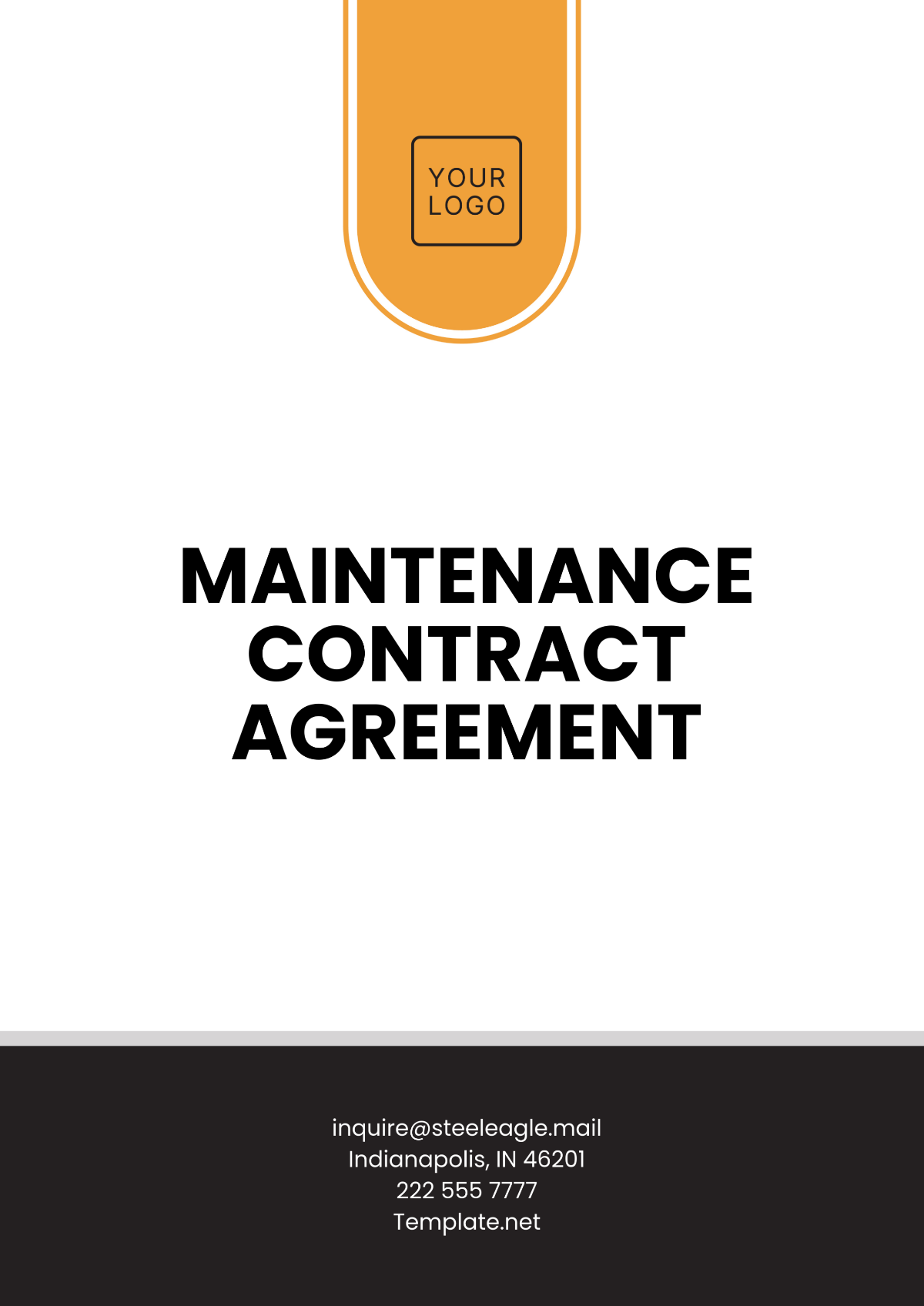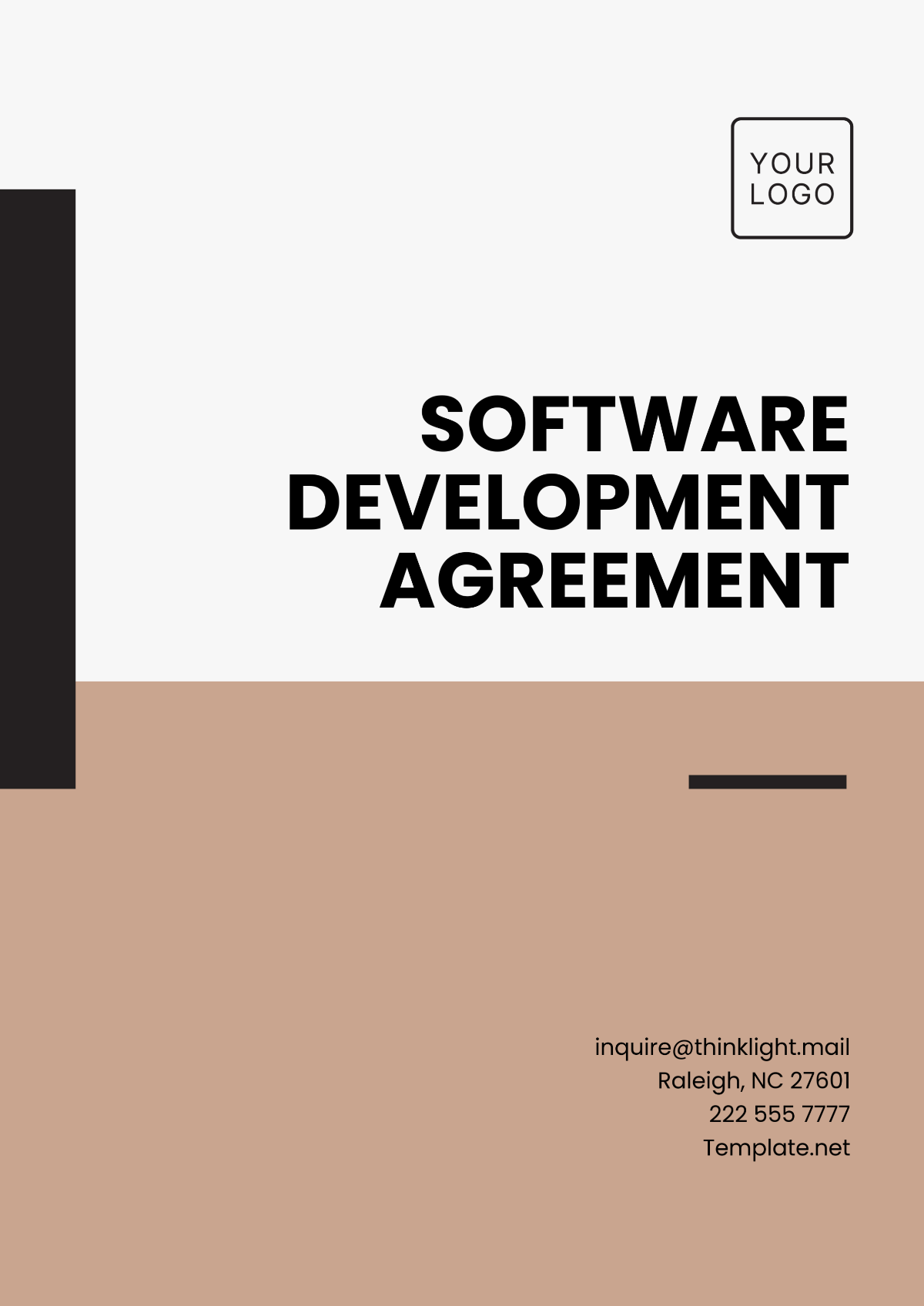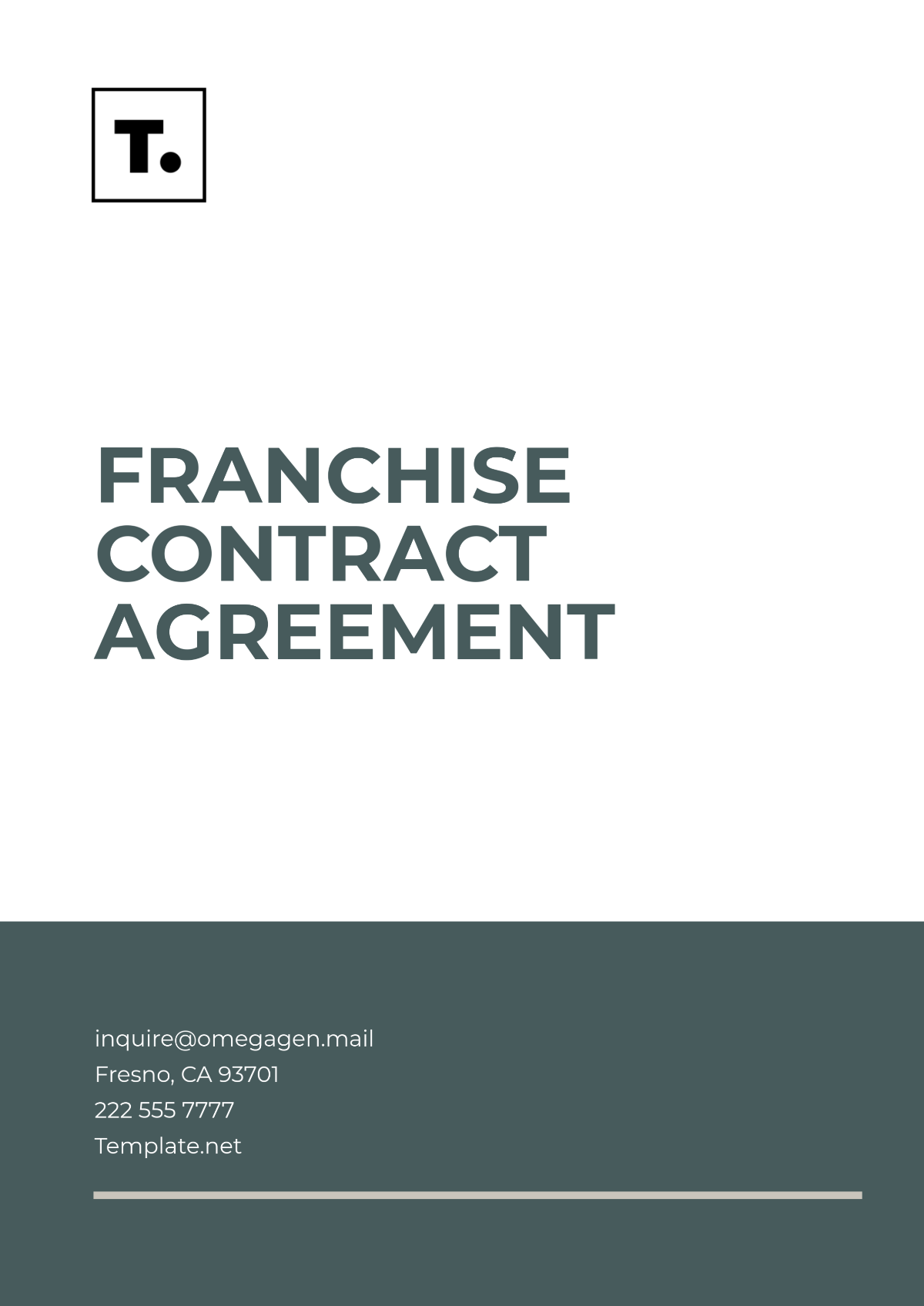Sales Manual on Contractual Risk Management
I. Definition of Contractual Risk
Contractual risk refers to the potential for financial, operational, and legal losses that may occur due to the terms and conditions of business contracts. These risks can take various forms, including financial liabilities, operational disruptions, and legal disputes, all of which can negatively impact a business.
II. Importance of Managing Contractual Risk
Effective management of contractual risk is essential for safeguarding a business against significant losses. It involves identifying, assessing, and mitigating risks associated with entering and executing contracts. By proactively managing these risks, businesses can protect their bottom line, ensure operational continuity, and maintain their reputation among partners and clients. This proactive approach is crucial for fostering stable and beneficial business relationships.
III. Types of Contractual Risk
Breach of Contract: Occurs when a party fails to fulfill their obligations as stipulated in the contract, leading to financial and reputational damage.
Misinterpretation: Results from misunderstandings of contract terms, potentially causing disputes and legal issues.
Delay: Refers to the financial and operational impacts of failing to meet contract timelines.
Regulatory and Compliance Risks: Involves the failure to adhere to relevant laws and regulations, risking penalties and legal consequences.
Market Fluctuations: Addresses the risk of financial losses due to rapid changes in market conditions.
Force Majeure: Covers the impact of external events (e.g., natural disasters) on contract fulfillment.
IV. Conducting a Risk Assessment
A comprehensive risk assessment process is vital for identifying and managing potential risks in business contracts. This process includes:
Defining Objectives: Clarifying the goals and expectations of the contract.
Identifying Stakeholders: Recognizing all parties involved in the contract.
Risk Identification: Pinpointing potential risks associated with the contract.
Risk Documentation: Compiling identified risks in a risk register for ongoing management.
Risk Evaluation: Assessing the impact and likelihood of each risk.
Risk Prioritization: Ordering risks based on their severity and probability to allocate resources efficiently.
Risk Mitigation Planning: Developing strategies to handle significant risks, through avoidance, reduction, transfer, or acceptance.
V. Risk Identification Tools
Several tools assist in the effective identification of contractual risks:
Risk Matrices: Evaluate their severity and likelihood.
Checklists: Ensure comprehensive risk assessment specific to contract types or industries.
Historical Data: Offers insights from past contracts to identify recurring risks and trends.
VI. Risk Severity and Probability
Understanding the severity (impact) and probability (likelihood) of risks is critical for effective risk management:
Severity: Determines the potential impact of a risk on the organization.
Probability: Assesses the likelihood of a risk occurring, based on historical performance and other factors.
VII. Risk Mitigation Strategies
In contractual risk management, understanding the distinction between risk avoidance and risk reduction is crucial, as each strategy plays a unique role in protecting businesses from potential losses.
A. Risk Avoidance
Risk avoidance entails avoiding certain activities or partnerships to prevent exposure to potential risks.
Example Scenario: Widgetech Inc. decides not to contract with SoftSolutions due to their history of delays and quality issues, seeking alternative partners instead.
Benefits | Drawbacks |
|---|
Protects against specific risks. | May limit opportunities for growth. |
Saves resources and avoids potential legal costs. | Could result in missed profitable engagements. |
Preserves reputation by avoiding harmful partnerships. | |
B. Risk Reduction
Risk reduction involves minimizing the impact of inherent contractual risks through strategic measures.
Example: Widgetech implements clear milestones and a penalty clause in their contract with SoftSolutions to mitigate risks.
Benefits | Drawbacks |
|---|
Allows for the pursuit of valuable opportunities. | Incurs costs for monitoring and enforcement. |
Offers flexibility in managing contractual relationships. | Cannot entirely eliminate risks. |
Demonstrates proactive risk management. | |
C. Insurance Coverage
Insurance serves as a financial safety net against unforeseen events impacting contractual obligations.
Example: BuildSafe Constructors obtains Builder's Risk Insurance to cover potential construction delays from external events.
Benefits | Drawbacks |
|---|
Provides financial protection against unexpected incidents. | Premiums increase project costs. |
Facilitates meeting contractual obligations under challenging conditions. | Not all risks are insurable. |
Signals commitment to risk management. | |
D. Indemnification and Liability Clauses
These clauses allocate risk and responsibility, offering protection against potential losses.
Example: Widgetech's contract with SoftSolutions includes an indemnification clause for compensation in case of delays impacting Widgetech financially.
Benefits | Drawbacks |
|---|
Offers a legal framework for dispute resolution. | Requires skilled negotiation and legal drafting. |
Clarifies parties' responsibilities in breach scenarios. | Can lead to disputes if ambiguities exist. |
Acts as a deterrent against contract violations. | |
VIII. Crafting Strong Contracts
The foundation of effective risk management lies in the drafting of clear, comprehensive contracts. Creating well-drafted contracts prevents disputes by providing clarity and specificity, offers legal protection and a basis for recourse, allows for effective risk allocation, and preserves business relationships by avoiding misunderstandings. Here are some tips:
Employ plain language for accessibility.
Define terms to reduce misinterpretation.
Specify details (amounts, dates, metrics) to eliminate ambiguity.
It is also important to specify legal considerations in contracts. Here are some guidelines:
Choose the appropriate jurisdiction and governing law is crucial for determining the legal framework governing the contract.
Include mechanisms such as mediation, arbitration, or litigation provides a structured approach to resolving disputes.
Ensure contracts comply with applicable laws and regulations is essential for enforceability and avoiding legal issues.
Sales Templates @ Template.net
